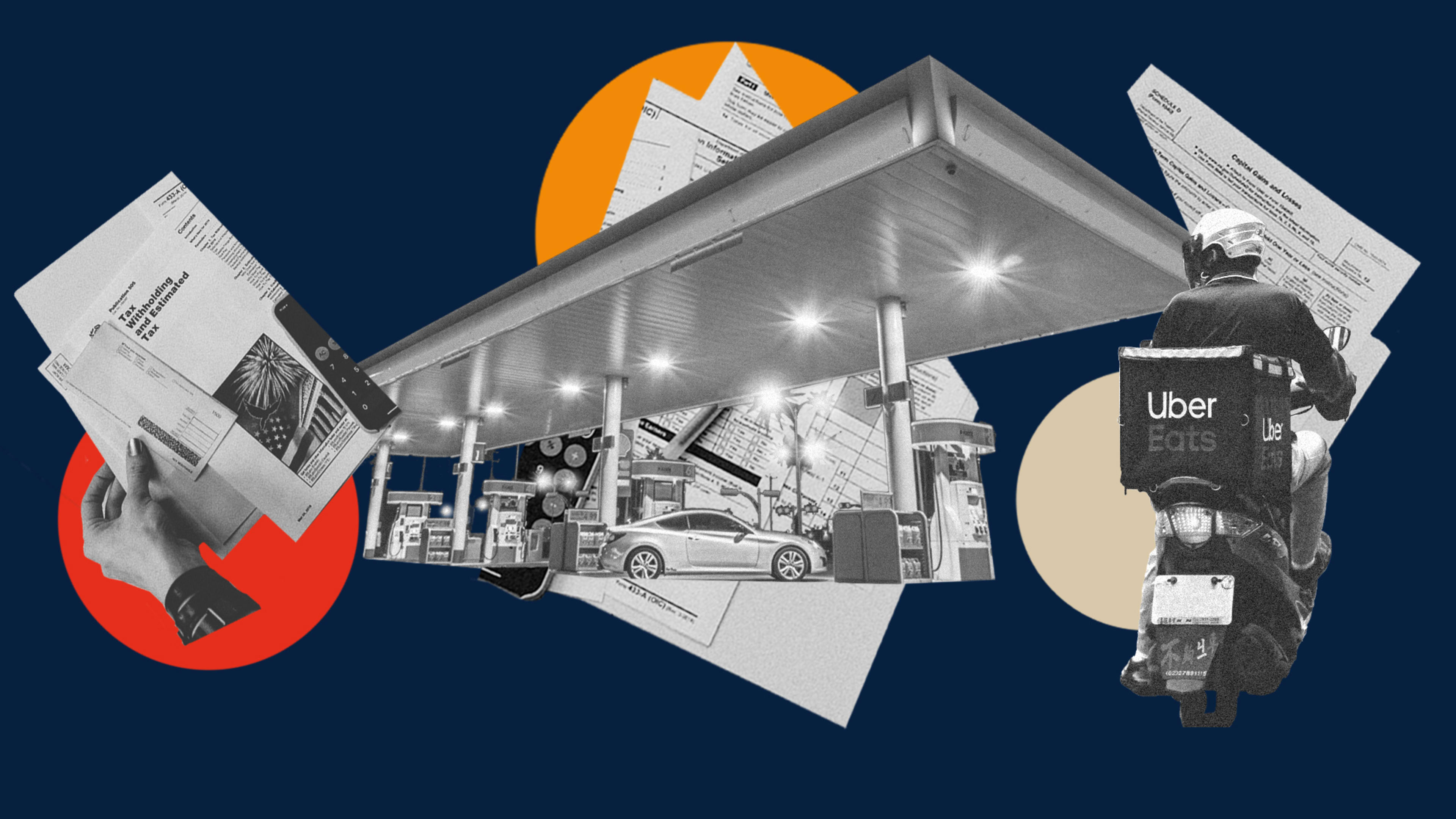Life in the Gig Economy tells the stories of workers in an industry millions of people rely upon. If you’d like to share your story, email staff writer Jessica Bursztynsky at Jessicabursz@proton.me.
Dominique Huff is a 40-year-old who has been driving and delivering for Uber in Atlanta for nearly a year. This is what the experience has been like, in Dominique’s own words.
I do UberX and Uber Eats. I’m in the process of becoming a notary; that’s the stuff I do to set up my businesses. As a self-employed person, you have to have multiple tools in the toolbox. I wanted to have something I could fall back on, being self-employed.
Going back to the old days, the side hustles were doing security work, waiting tables, retail—[all of] that took you away from the business. Whereas with ridesharing I can take my laptop with me in my car, I can pull into a coffee shop or a library and work, and then get back out there. I love the flexibility.
I’ve done 2,310 passenger rides and I have done 610 deliveries. June and July were horrible. Like the bottom just fell out. I mean, it’s just that when the gas prices were shooting up, it seemed natural [for a drop-off] because it was a luxury. Most of the rides coming in were people going to and from work. And the schools were out here, students were back home or doing whatever. That’s what put me behind on my deals, because it just got smoked for several weeks. I think this summer slowdown was really one for the books.
A lot of people need to stop using the word job. This is not a “job.” You are an independent contractor. All these apps from Uber, Lyft, Postmates—you’re a contractor. So treat it like a business: You can set your own hours; you can set your schedule.
In theory, you have to go out and look at what’s happening in the city. I know which corridors are good for rides, which corridors are good for food. [There’s] a lot of adjusting and adapting. The gig economy for me, it’s here to stay. I love being self-employed.
Right now, I’m looking forward to using the school program, because Uber pays for tuition at Arizona State for the online school. I’ll have my 3,000 rides to qualify by the end of the week. I want to be eligible to do the tuition thing. So I’m already making steps to go ahead and fill out that paperwork.
This conversation has been edited and condensed for clarity.
Recognize your brand’s excellence by applying to this year’s Brands That Matter Awards before the early-rate deadline, May 3.
